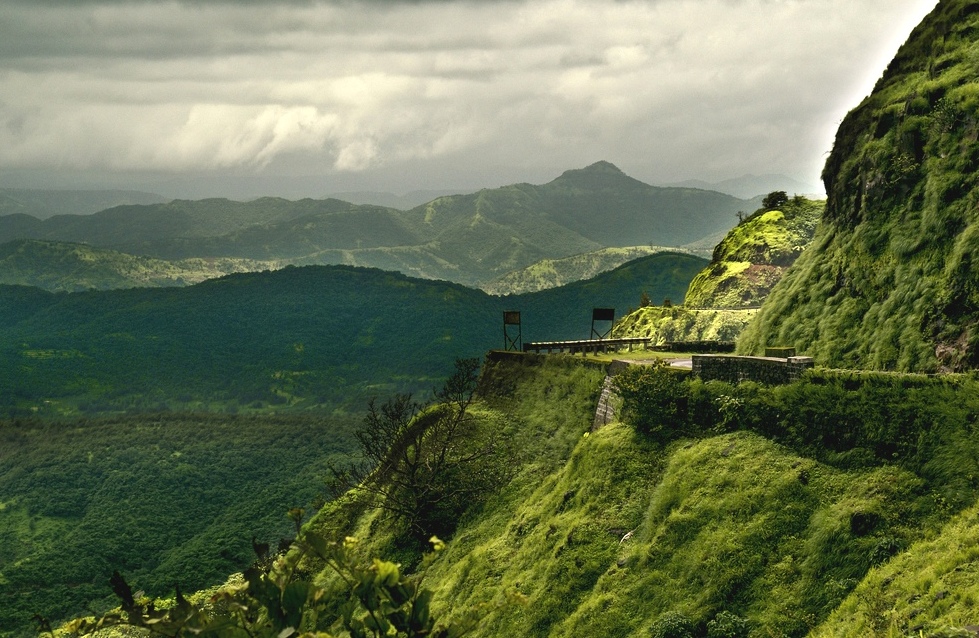The Western Ghats, which are also referred to as the Sahyadri, is a mountain range running along the western side of India. It was made a world heritage site in the year of 2012 and is also a member of esteemed list of most important hotspots of biological diversity, where in there are only eight members in the whole world. On several occasions it is referred to as the Great Escarpment of India. The Sahyadri are present on the western side of Deccan Plateau and runs down in the southern direction. It also acts as a separation between the plateau and Konkan, which is a part of the western coastline of India and it includes the coastal districts of Karnataka, Maharashtra and Goa.

The border of Gujarat and Maharashtra is where the Western Ghats initiate. After running through a distance of 160 km, crossing Goa, Maharashtra, Tamil Nadu, Kerala, Karnataka, it ends at Kanyakumari which is the southernmost tip of India. The elevation on an average is about 1200 m. The hills of Western Ghats cover around 160,000 sq. km. and helps in the formation of a drainage system that helps in draining around 40 % of the whole of India. In addition to these the Western Ghats is geographically prominent also because it blocks Deccan Plateau’s rainfall.
This area is blessed with wide variety of flora and fauna. This includes about 5000 species of flowering plants. 139 species of mammal species, 508 species of birds and 17 species of amphibians and in addition to this many experts are of the opinion that even now many different species residing over here are undiscovered. About 325 species that have been declared as endangered dwell here in Western Ghats. Contrary to the popular opinion the Western Ghats are not real mountains but only Deccan Plateau’s faulted edge. It is believed that it was formed during the break up of Gondwana, the super continent, around 150 million years back. However there is another theory regarding the formation of the Western Ghats according to which western coast of India was formed after it broke from Madagascar.
However the bottom line remains that the Western Ghats is one of the most unique geographical features of India and is also very crucial for the climatic patterns of India and for the flora and fauna.

